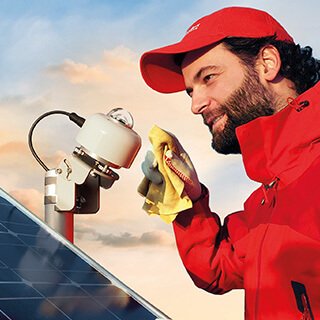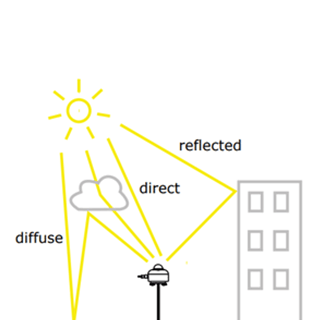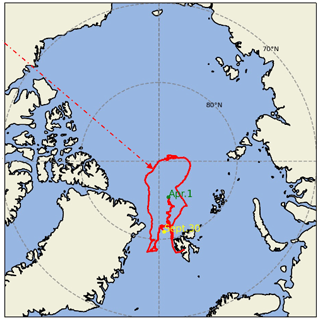Solar energy meters: why use them in measuring solar energy?
A solar energy meter is an indispensable tool in the renewable energy sector. It plays a key role in measuring and understanding the energy and radiation that comes from the sun. Solar energy meters allow experts, companies, and individuals to quantify the sun’s energy on a specific surface accurately. Accurate data on solar energy leads to optimisation and performance in photovoltaic plants. This article shows a short step-by-step guide for solar panel energy production and how to calculate solar energy. Followed by why it is important to measure solar energy at a PV plant and some examples of case studies where solar energy meters were used for measuring solar energy.
 Why measure solar energy?
Why measure solar energy?
When discussing solar energy, we must discuss its measurement unit: solar irradiance W/m2 or simply watts per square meter. This metric indicates the intensity of the solar radiation received on a surface. Now, why is it important to have a solar energy meter at a PV plant, and why should you measure solar energy?
- Performance monitoring and verification
By measuring the solar irradiance with a meter, plant operators can compare the actual energy output of the PV system to the potential energy based on the received sunlight. This allows for monitoring the performance ratio of the power plant. Being aware of the efficiency and health of your PV system is particularly important. If the performance ratio (PR) suddenly drops, check your PV system for damage, dust, or other problems.
- System design
During the design phase of a PV plant, historical solar irradiance data from a solar energy meter helps predict the potential energy yield. Also, this helps in optimally sizing the PV system. With this information, you can basically build your PV plant with an optimal size and at the best location.
- Detecting system issues
If the PV system’s energy output is not proportional to the measured irradiance from the solar energy meter, it may indicate problems. Reasons for this could be shading from newly built structures, inverter issues, or even system faults. Solar energy meters help in the early detection if there are issues.
- Ensure contractual obligations
There might be a contractual obligation to meet specific performance benchmarks for large PV plants, especially if you supply power to grids. Solar energy meters can provide the necessary data to demonstrate that these benchmarks are being met.
- Research & development
To advance in solar technologies, accurate solar energy meters are indispensable. When you evaluate new panel technologies, materials, or system configurations, it is important to compare this to reliable solar energy data.
- Regulatory reporting
Stakeholders frequently demand accurate and consistent data in commercial and utility-scale PV plants. Regulators, for instance, require detailed reports to ensure compliance with energy standards and policies. Solar energy meters help meet these requirements by offering accurate irradiance measurements.
Calculate solar energy
For calculating the energy production of a solar panel, a variety of factors must be considered.
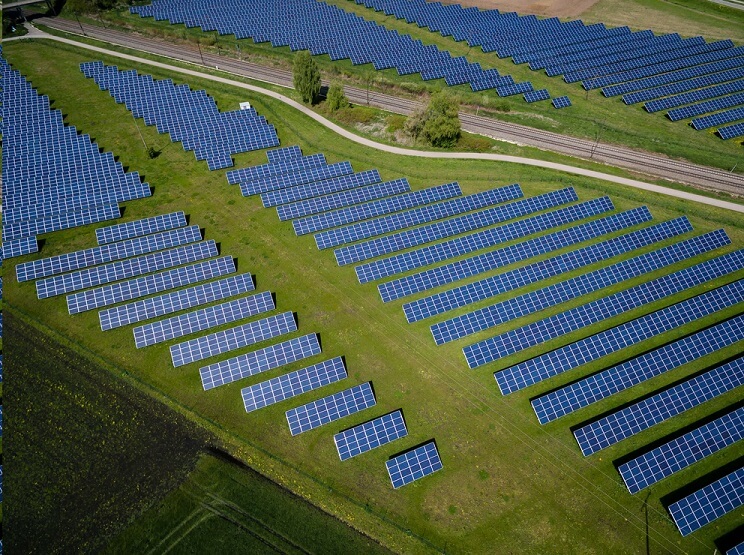
Here is a step-by-step guide to estimate solar panel energy production:
- Solar panel rated capacity: The rated capacity of a solar panel indicates the maximum power it can produce under standardised test conditions. Rated capacity or panel capacity is typically measured in watts (W) or kilowatts (kW). This rating is valid for 1000 W/m2, so you should read it as kW/(W/m2).
- Identify the average total integrated daily irradiance in W/m2: Calculate the average amount of sunlight the panel receives daily. This varies because of geographical location and local weather conditions. Installing a solar energy meter can provide more insights into the intensity and daily irradiance at your solar panel site.
- Daily energy production: By multiplying the panel capacity with the average total integrated daily irradiance, the daily energy production can be determined in kilowatt-hour (kWh):
Daily Energy Production (kWh)
=Panel Capacity (kW)×Total Integrated Daily Irradiance
- Adjust results with real-world factors: Understand that numerous factors can heavily affect the actual output.
- Angle and orientation: Panels angled optimally towards the sun will capture more sunlight and produce more energy. If not, the output energy can change significantly compared to an optimally positioned panel. A solar energy meter can help optimally orientate and angle the solar panels.
- Shading: Trees, buildings, windmills, or other obstructions can shade panels and reduce output.
- Performance ratio: Over time, solar panels will reduce performance rate due to losses from temperature defects, dust, and system degradation. A typical performance ratio value ranges from 75% to 85%. This can vary depending on weather conditions and the quality of the solar panel.
Case studies involving solar energy meters
Solar energy meters, also known as solar radiation sensors, can be categorised based on specifications and characteristics. In the following case studies, pyranometers are used. Pyranometers can measure the solar radiation received by a plane surface from a 180° field of view. These case studies show you why measuring solar energy can be important.
China Three Gorges Corporation: Monitoring a 200MW solar farm
The China Three Gorges Corporation is one of the world’s largest renewable energy companies. They use pyranometers to monitor the performance of their huge solar farm. The solar farm is being constructed on more than 40 square kilometres of steeply undulating, uncultivated land and is China’s most extensive photovoltaic program in a mountainous area. Because of the inconsistent surface, it was also important to analyse the solar energy before building the PV plant.
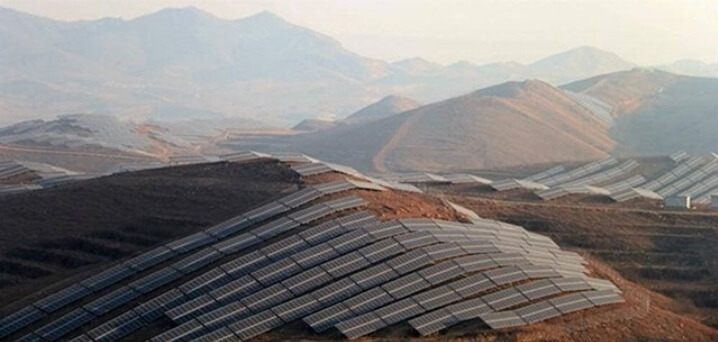
MOSAiC: The largest-ever polar research expedition
MOSAiC (Multidisciplinary Drifting Observatory for the Study of Arctic Climate) was an expedition into the central Arctic to explore the Arctic climate system. A pyranometer was among the instruments being used on the expedition. They specifically deployed the pyranometer to measure global and diffuse solar radiation – alongside sunlight hours. The solar energy meter provided crucial data to support a detailed analysis of the Arctic environment. The Arctic is the epicentre of global warming; measuring solar irradiance in the Arctic helps us understand the nature of global climate change.
In another study, MOSAiC took a close look at the Arctic as the epicentre of global warming. They made use of the Hukseflux SR30 pyranometer and IR20 pyrgeometer to measure solar radiation. Read more here.
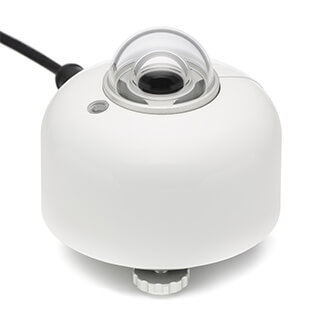
Saildrone: Data gathering oceangoing autonomous surface vehicles
A pyranometer was used to track solar irradiance aboard two saildrones. The saildrone mission went on a six-month, 7500-kilometer expedition to the equator and back. The mission’s core aim was to assess whether the saildrones could provide meteorological measurements at a quality that matches proven mooring technology. They found that saildrones can become a useful and cost-effective method for providing key observations for long-term weather forecasts. These pyranometer-enabled saildrones also participated in a more extensive study with NASA.
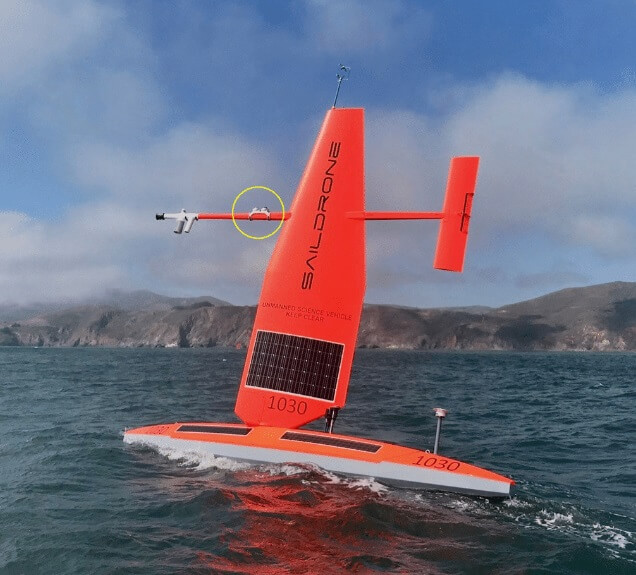
Conclusion
Solar energy is one of the leading solutions in the world’s journey towards a sustainable future. We need accurate solar irradiance measurements to complement advancing photovoltaic technologies. Solar energy meters can monitor PV power plants, study climate changes, and observe meteorology. The more accurate a solar energy meter, the better we will understand the atmosphere and global climate changes.








